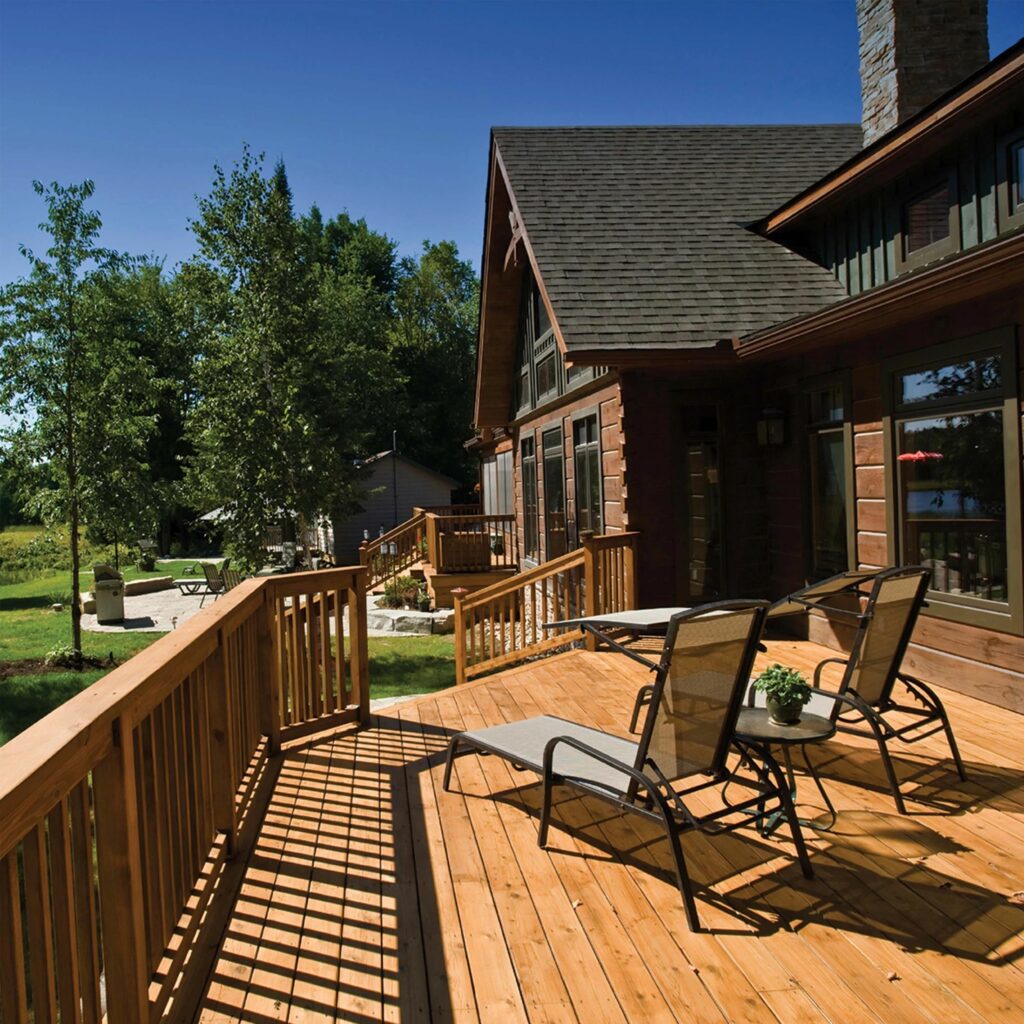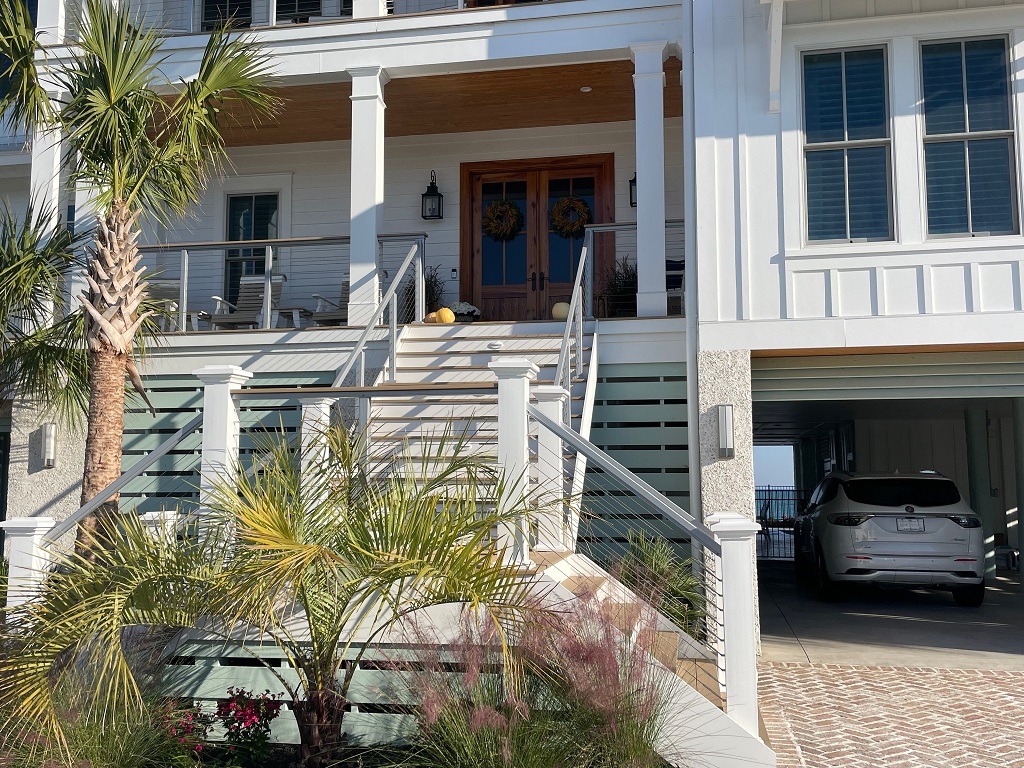When you’re designing or remodeling your home, choosing the right stair railing system is essential. Glass, spindles, or iron balusters are all typically used for this essential design feature. Recently, Eric Goranson, or Eric G, long-time host of Around the House NW, a home improvement radio talk show and TV personality, took a different approach with a custom cable railing system.
In his YouTube video, Goranson installed the RailFX Custom Railing System with stainless steel cable infill on the interior staircase of his home. Although cable railing is often associated with the outdoors, the clear view and modern aesthetic have been driving more homeowners to bring the look inside!
With some simple tools and a few hours, our host retrofits his dated, tired rails into something beautiful and modern. Follow along with us as we break down the steps he takes to elevate his home with the RailFX Custom Railing System.
Note that the International Building Code has requirements for handrails that DIYers should pay close attention to, along with your local building code.
In this video, Eric uses the following RailFX parts:
- At RailFX, our team can help you properly plan your next project using our. It walks you through the decision-making process, Custom Railing System
- RFX400 Top Rail with self-supplied wood top rail
- Cable Infill- Low Profile Cable Kit (RFX224)
- Surface Mount Stair Posts, black finish
Steps to a Successful Installation
Step 1. Removing the old handrail system
The first step in the process of installing a new railing system is to remove the old one. Gather the necessary tools, which may include a screwdriver, crowbar, hammer, or wrench depending on what type of railing you’re removing.
Step 2. Assemble and attach posts
Before assembling and attaching your new posts, make sure they’re in the right order. There are end posts and intermediate posts that aren’t interchangeable. Stair rail posts also have a high and low side, so make sure they’re going in the right direction.
If your railing project includes corners, start the first post with a corner post. You’ll want to:
- Measure and mark the holes
- Ensure that the holes in both the post and bracket are aligned
- Pre-drill the holes, then insert the leg screws
- Tighten the screws to ensure the post is level
- Fit the footplate
- Then fasten the top bracket plate
Step 3. Cut posts to fit the slope of your stairs
Measure down from the top rail to keep cable height consistent before cutting. As the adage goes, you can always measure a few times, but you can only cut once.
After making the marks of where you want to cut, you can use a portable band saw or a chop saw to make the cuts. If you choose to use a chop saw, make sure to get a metal blade and uninstall the posts before cutting them.
Pro Tip: When cutting metal, use painter’s tape on the cut line to keep metal shavings from falling on the floor.
Step 4. Install the top rail and cut to size
Snap in the top rail before screwing into the posts. Then cut it to sizes and install the endcaps.
Step 5. String the cable system
Run the cable through the holes before tensioning from the middle out. To tighten the cable, use a hex screw to tighten so that it feels secure and doesn’t droop.
Step 6. Customize with a wooden handrail
Now it’s time to personalize your railing system using a wooden handrail. The RFX400 Top Rail accepts a wood top handrail, tying materials together for a truly custom look.
Proper Planning Can Make Your Renovation Easy
Planning out your home railing renovation project before diving in is an essential step in ensuring you have a smooth project from start to finish. Make sure you know exactly what parts and tools you’ll need before starting.
If you’re not sure where to start or need extra guidance, use our Get a Quote tool that walks you through the decision-making process. From choosing rail height, color, infill, top rail style, and other features, it’s the best way to visualize your project.
The railing experts at RailFX are ready to answer any questions you have along the way and will lay out a complete project plan including installation tools. From there, your project plan and quote will be passed along to your preferred dealer.
Find a local dealer using our convenient Dealer Locator tool.

RailFX makes the process of upgrading your space with a railing system simple by providing all-in-one solutions along with the resources you need to get the project done.
Contact your local dealer and find more information at https://www.railfx.net/












